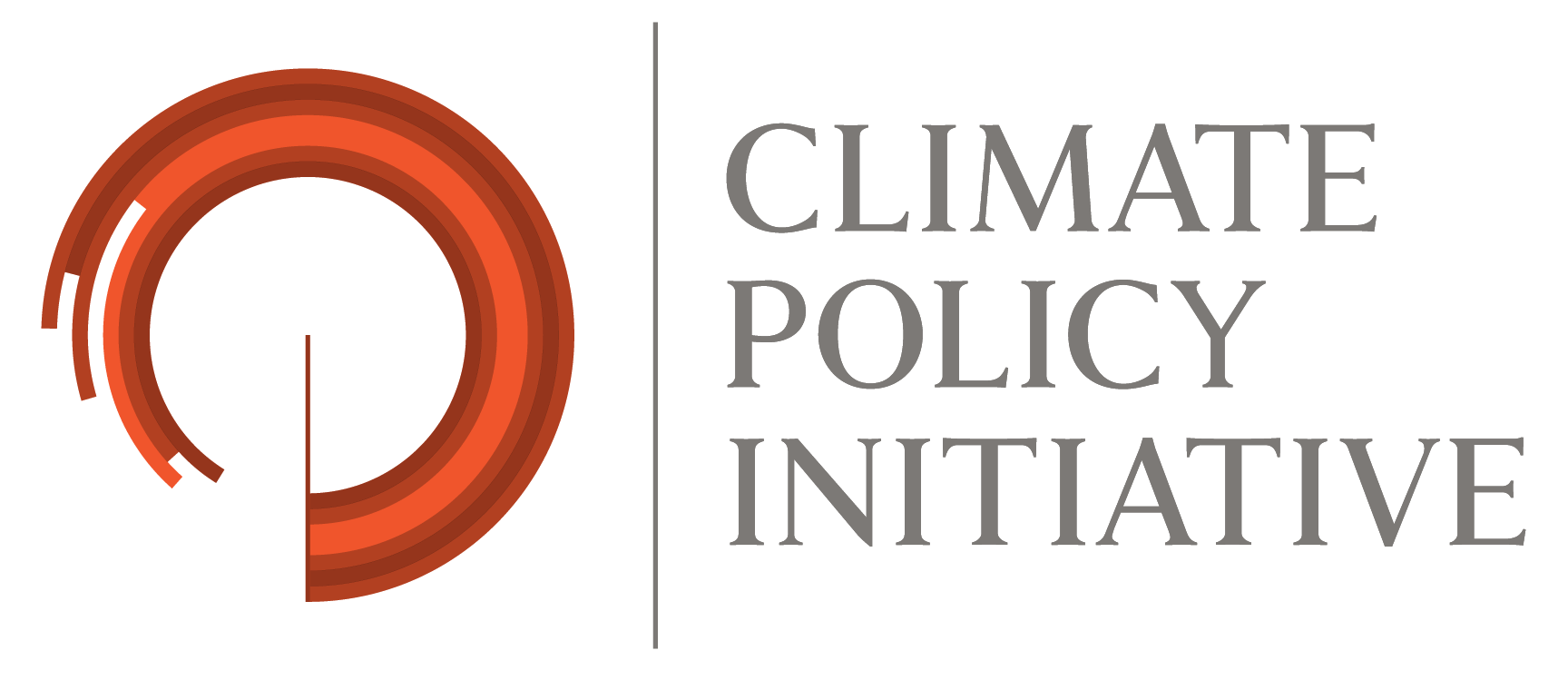Urgent action is needed to mobilize additional capital for the green transition, particularly in emerging markets and developing economies (EMDEs). Although global annual climate finance grew significantly between 2018 and 2022—rising from USD 674 billion to USD 1.46 trillion—it still requires a fivefold increase to reach the average of USD 7.4 trillion per year through 2030 to align with the 1.5°C climate target (CPI, 2024). With a limited pool of public capital and high levels of public debt across both advanced and emerging economies, closing this financing gap will require a dramatic increase in private capital mobilization.
This issue brief aims to identify key barriers to the adoption of green guarantees and highlight existing solutions to address these challenges. The research process included a series of expert discussions held by the Green Guarantee Group (GGG), and interviews held by CPI with each of the guarantee providers showcased in the case studies below to gain qualitative insights into their products. The report also draws key takeaways and recommendations and lists policy-related questions for further consideration. This work aims to inform governments, MDBs, DFIs, guarantee providers, and policy advisers involved in the design, implementation, and scaling of green guarantees. MDBs and DFIs may use its insights to optimize their guarantee products, while providers of guarantee facilities can leverage the case studies to enhance the design, implementation, and scalability of their offerings.
Key takeaways
- Streamline guarantee processes: Simplify application and reporting requirements across similarly structured guarantee products to make them more accessible, especially for borrowers with limited internal capacity. Institutions that offer guarantees can also standardize their procedures and consolidate information, as intended by the World Bank Group Guarantee Platform, which aims to reduce administrative burdens for borrowers. Collaboration and coordination will be critical in achieving this goal, as addressed in Recommendation 5 below.
- Enhance TA pipeline development: Establish and/or expand TA facilities to support local actors in developing bankable green projects that are ready for both guarantees and financing more broadly. TA can improve projects’ investment readiness by building local capacity, improving project structuring, and offering support for certification processes, as exemplified by the Green Guarantee Company.
- Address high costs and fees: Reduce the costs of obtaining and implementing guarantees to increase their attractiveness. In the short term, this could include cost-sharing, fee subsidies, or donor-funded facilities to make hedging and transaction costs more affordable in EMDEs. Efforts like the TCX Fund’s partial donor-funded guarantee facility showcase the benefits of such models. In the long-term, more attention and transparency on data sharing can lead to better risk assessment, with the goal of ultimately reducing instrument cost by providing more accurate risk assessments.
- Expand guarantee timelines: Structure green guarantees to align with extended project lifespans, given that climate projects often require long-term financing. Increasing loan tenors, such as with GuarantCo’s 20-year guarantees, can attract private capital for infrastructure and renewable energy projects, providing patient capital that aligns with the long-term nature of climate investments. Increasing the affordability of these longer tenors will require simultaneous efforts to reduce costs and fees for the guarantee instrument, as addressed in Recommendation 3 above.
- Foster collaboration among stakeholders: Increase coordination between private and public sector actors, including MDBs, DFIs, and regional banks, to leverage their unique strengths. Collaborative models, such as the Sida-IFU partnership, demonstrate how pooling resources and sharing expertise can reduce risks, lower costs, and expand financing options for climate projects in underserved markets.
Policy considerations
- Policy and regulatory implications
- How do MDBs’ accounting rules for including guarantees on their balance sheets impact their lending capacity? What institutional or policy changes within MDBs could help enhance the attractiveness and accessibility of guarantees for climate investments?
- Will the updated Development Assistance Committee’s regulations for counting guarantee support as Official development Assistance encourage aid agencies to collaborate more closely with DFIs and other guarantee providers?
- How can policymakers account for potential moral hazards and market distortions associated with guarantees?
- Risk assessment and structuring
- What are the implications of the misalignment between perceived risk and actual low default rates in guarantee instruments? Are current risk frameworks for guarantees too conservative, limiting their uptake? What adjustments could improve the accuracy of risk evaluations during the structuring process to better align with real outcomes?
- Do challenges faced by cross-border guarantees apply similarly to domestic guarantees? How can the uptake of guarantees be increase at the subnational level?
- Geopolitical and strategic considerations
- To what extent does the geopolitical landscape influence the availability of guarantees in certain high-need countries, particularly given that such financing is linked to the provision of equipment and services from host countries to beneficiary nations?

